Women’s World Cup: What each of the last eight need to improve on ahead of the quarter-finals?
The Women’s World Cup quarter-finals have been decided and all eight teams left in the competition will believe that they have a shot of winning the tournament.
These latter stages of the competition are where it starts to get serious: immense pressure mounts, teams are playing against the highest opposition – the stakes are never higher.
All eight sides have impressed, but equally all eight can certainly improve as well.
Here are what the Women’s World Cup quarter-finalists need to work on ahead of the run in…
Spain: Accept adaptability
Only three of the 15 senior players who previously walked away from the national team due to Vilda and his backroom staff are at the World Cup. As the pressure continues to mount throughout the knockouts, Vilda will have to rely on his inexperienced squad, with an average age of 25.2 years, one of the youngest at the tournament.
Vilda is certainly not known for his tactical flexibility. His in-game management is can be found wanting, something which was especially evident in the 4-0 loss against Japan, arguably the only ‘top’ team Spain have come up against so far.
He did make some big calls against Switzerland however, including dropping two-time Ballon d’Or winner Alexia Putellas, and it clearly worked. Before Vilda’s insistence on being a possession based side without having any pace out-wide (options that he does have, he would just leave on the bench) would be frustrating to watch, but against the Swiss, he opted for Alba Redondo and Salma Paralluelo, who brought a lot of dynamism and speed. The question becomes will Vilda play them against tougher opposition? And if so, how well will they fare?
Alexia Putellas looks on during the Women’s World Cup Round of 16 match between Switzerland and Spain at Eden Park. Putellas only came on in the 77th minute.
Image credit: Getty Images
Netherlands: Be prepared for less possession
The Dutch seem to be on a mission after their 2019 final loss. Throughout this edition of the tournament, Andries Jonker’s tactical setup has been focused on targeting opponents offensively on the flanks, with a back three giving wing-backs license to bomb forward.
Their biggest challenge will be what they do in the absence of Danielle van de Donk, who is suspended due to yellow card accumulation. Van de Donk has played a part in every single Dutch World Cup match in their history. She’ll be a big loss, and the Netherlands need to find a way to advance without her.
Her more defensive-minded Olympique Lyonnais team-mate Damaris Egurrola, who, funnily enough made one appearance for Spain before switching allegiances, will likely be who replaces her in the starting XI. The Dutch will have to adapt without Van de Donk’s ball-retention skills, and especially against Spain, they’ll see less of the ball than what they’re used to.
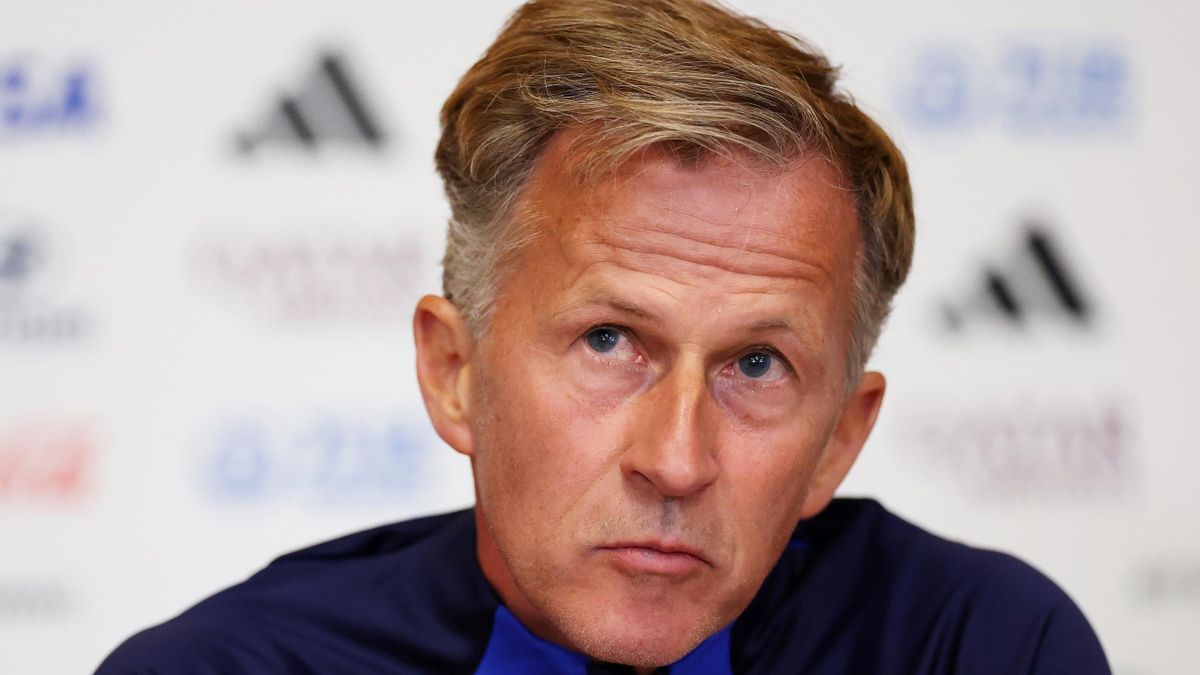
‘We can beat them’ – Netherlands coach confident ahead of quarter final clash against Spain
Japan: Avoid balls over the top
Futoshi Ikeda’s side have undoubtedly emerged as the best team in the tournament so far. They’ve found different ways to win, they’re lethal in the final third, and all their players seem to be in great form at just the right time.
Japan’s 3-4-3 formation sees their wing-backs execute overlapping runs enabling the inside-forwards to move centrally. These two players, in turn, exploit spaces behind the opposition’s defence. No one has been able to limit Japan’s front five so far.
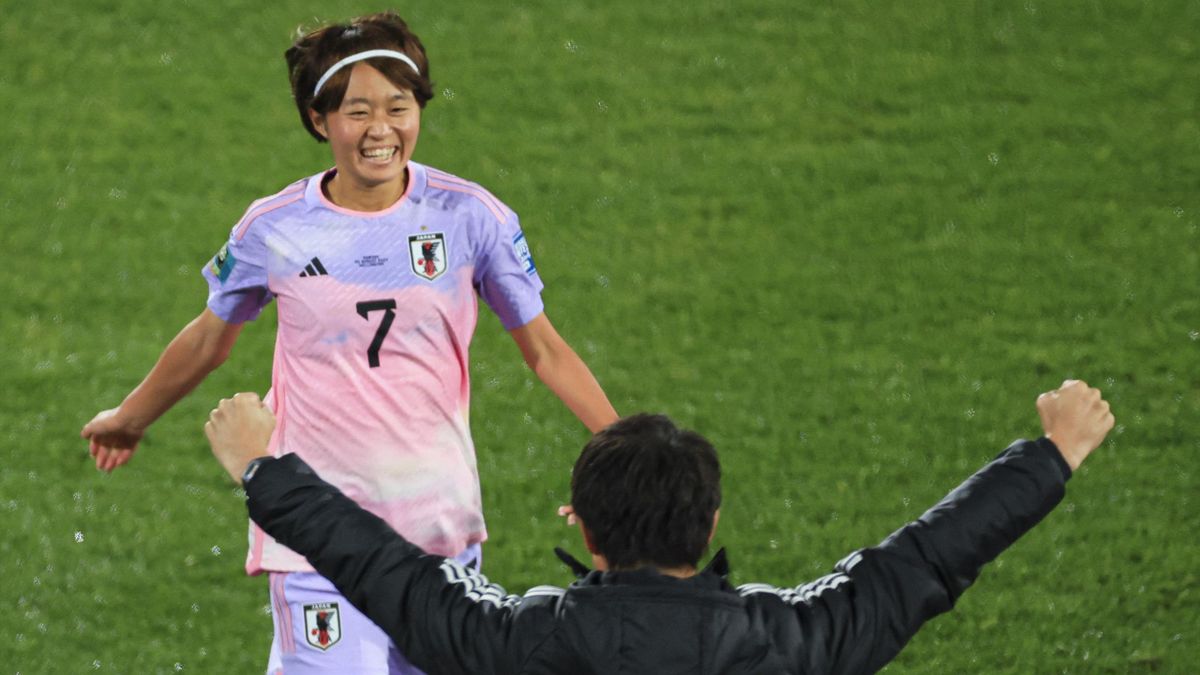
Hinata Miyazawa celebrates her goal with Japan’s coach Futoshi Ikeda during the 2023 Women’s World Cup round of 16 match between Japan and Norway at Wellington Regional Stadium. Miyazawa leads the golden boot race with five goals.
Image credit: Getty Images
It’s hard to pinpoint where Japan can improve because they’ve been so good. They almost look like a club side who have had countless hours on the training pitch together when they play because of how seemingly perfect the chemistry and timing is between players.
The one thing that could maybe hinder Japan is set-pieces and, more generally, crosses coming into the box. The only goal they’ve conceded at this tournament came from a header, and their next opponents, Sweden, love a goal from a set-piece.
It’s hard for Japan to necessarily practice defending these situations given most of their players simply have a height disadvantage compared to the opposition. With how good the Nadeshiko have been, opponents know that this is one of the few ways to get at them.
Japan will have to limit those chances from happening in the first place.
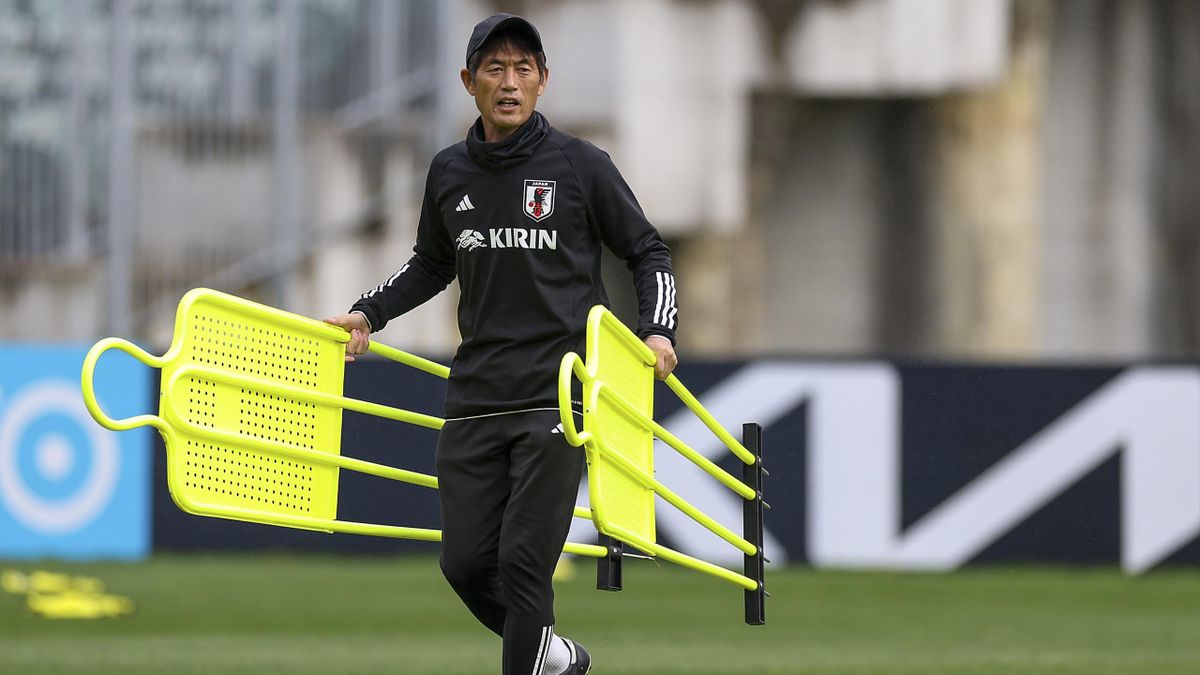
Japan coach Ikeda wants to beat Sweden in 90 minutes
Sweden: Being pinned back
Goalkeeper Zecira Musovic was a game-changer, making eleven stops, the most a player has made in a World Cup whilst keeping a clean sheet, but despite the win, Sweden were poor going forward. They lacked energy and were often caught defending way too deep, looking like they had a back six or even seven at times.
That’s a dangerous strategy, and one that likely cannot get them all the way to a win against this kind of opposition.
Australia: Adjusting for a star’s return
The co-hosts are a side that have been gaining momentum as the tournament progresses, which will only increase with the home support behind them.
The big dilemma for Tony Gustavsson is who to drop for star player Sam Kerr (that is, if she even is fully fit. She made a second-half appearance in the Matildas’ last 16 win).
If Kerr comes into the side, Mary Fowler is displaced as a No. 9. She could play in a deeper role, but we’ve seen before that she doesn’t play at her best when she’s that far out from goal. Does Kerr’s eye for goal merit dropping Fowler out of her best position? Can the Matildas make a tactical change to have them both play up top?
France: A leaky defence
Like Australia, France have grown into the tournament. There were major doubts due to manager Herve Renard only being hired mere months before the tournament, but despite this, France have fallen into an attacking rhythm that makes them extremely dangerous.
They can leak goals, though. Because Renard has them pressing quite aggressively, and he likes to deploy very attacking-minded wide players with Selma Bacha and Sakina Karchaoui on the left, and Kenza Dali and Eve Perisset on the right. The combination has given France some great goals from some really eye-pleasing build-up play, but it forces their centre-backs a lot of ground to cover.
They conceded three goals against a poor Panama side in the groups, and almost let in Morocco a few times as well, despite cruising to victory. Better teams will punish them for their lack of defensive game-management.
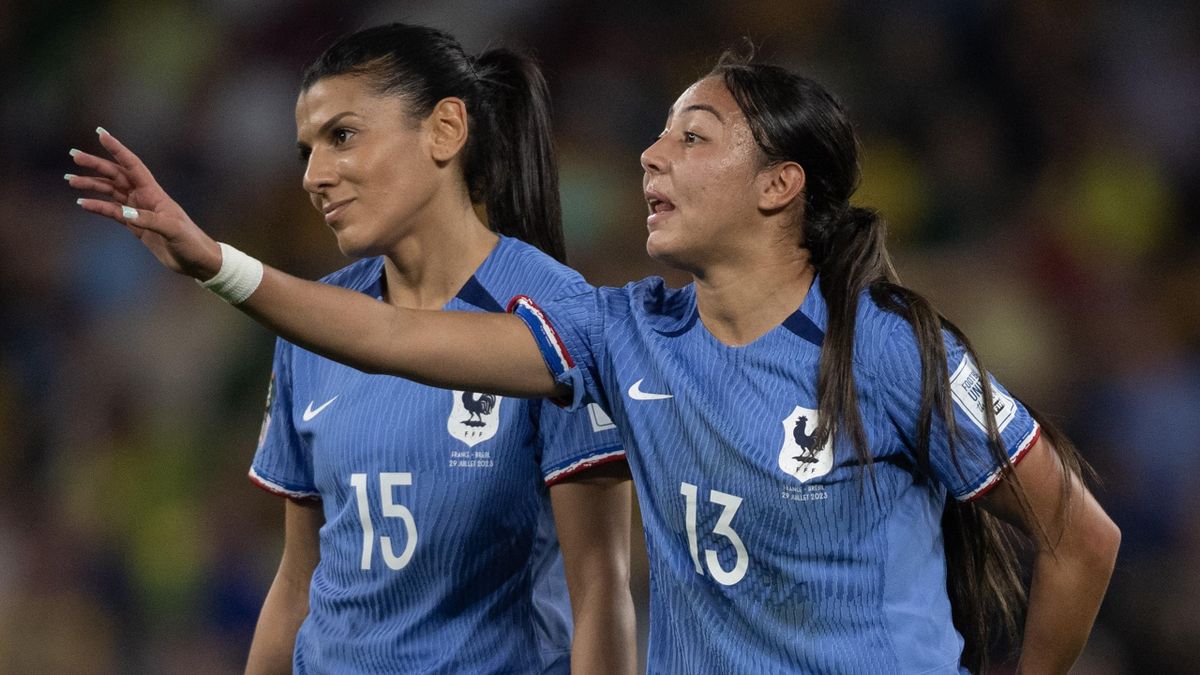
Selma Bacha and Kenza Dali during the FIFA Women’s World Cup match between France and Brazil at Brisbane Stadium.
Image credit: Getty Images
England: Chance creation
With Lauren James suspended due to a red card picked up against Nigeria, the Lionesses return to their number one issue they had in the lead-up to this tournament: creating clear-cut goal-scoring opportunities.
The European champions now have a much better reputation, and they need to figure out a way to create chances against a block, with almost any side left in this tournament likely to give up possession and sit deep.
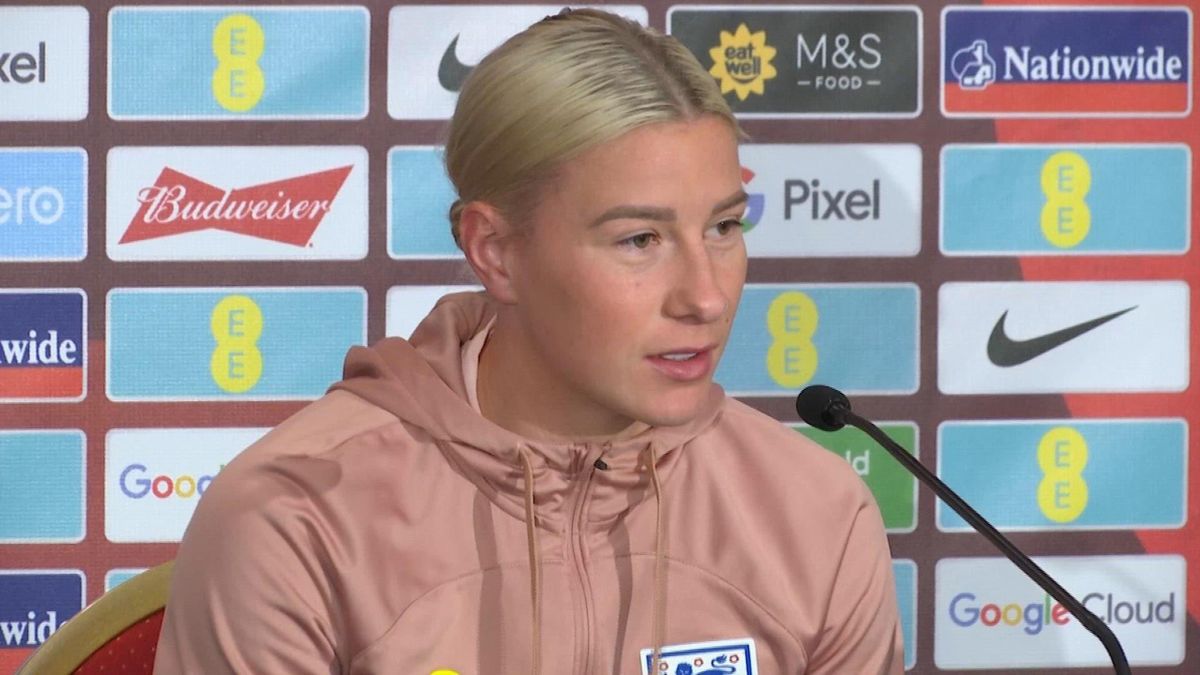
“We are not defined by one player” – England on James suspension for Lionnesses
Colombia: Quicker decision-making upfront
Colombia are a fun side who’ve impressed as they make their World Cup quarter-finals debut. Their victory against Germany in the groups will be one for the ages, especially that stunning Linda Caicedo goal, and they were assured and patient in their last 16 1-0 win against Jamaica.
Where Colombia may fall flat is their lack of quick thinking when they have the ball in the final third. For all her brilliance and skill, Caicedo especially is a player that can fall into the habit of holding onto the ball for a touch too long, allowing a tackle to come in. It’s understandable, she’s only 18-years-old, and will surely improve with time, but it’s a habit that has crept into the play of Mayra Ramirez and Lorena Bedoya too.
Catalina’s Usme’s goal against Jamaica is a perfect example of what Colombia do if they tighten up their game in the box. One touch to control the ball and a fantastic finish.
Nelson Abadia also has to be a bit more proactive with substitutes. His team looked exhausted in the final fifteen minutes against the Reggae Girlz, but his first of two subs came in the 87th minute. He has to find a way to trust his bench more.
Read the full article Here


